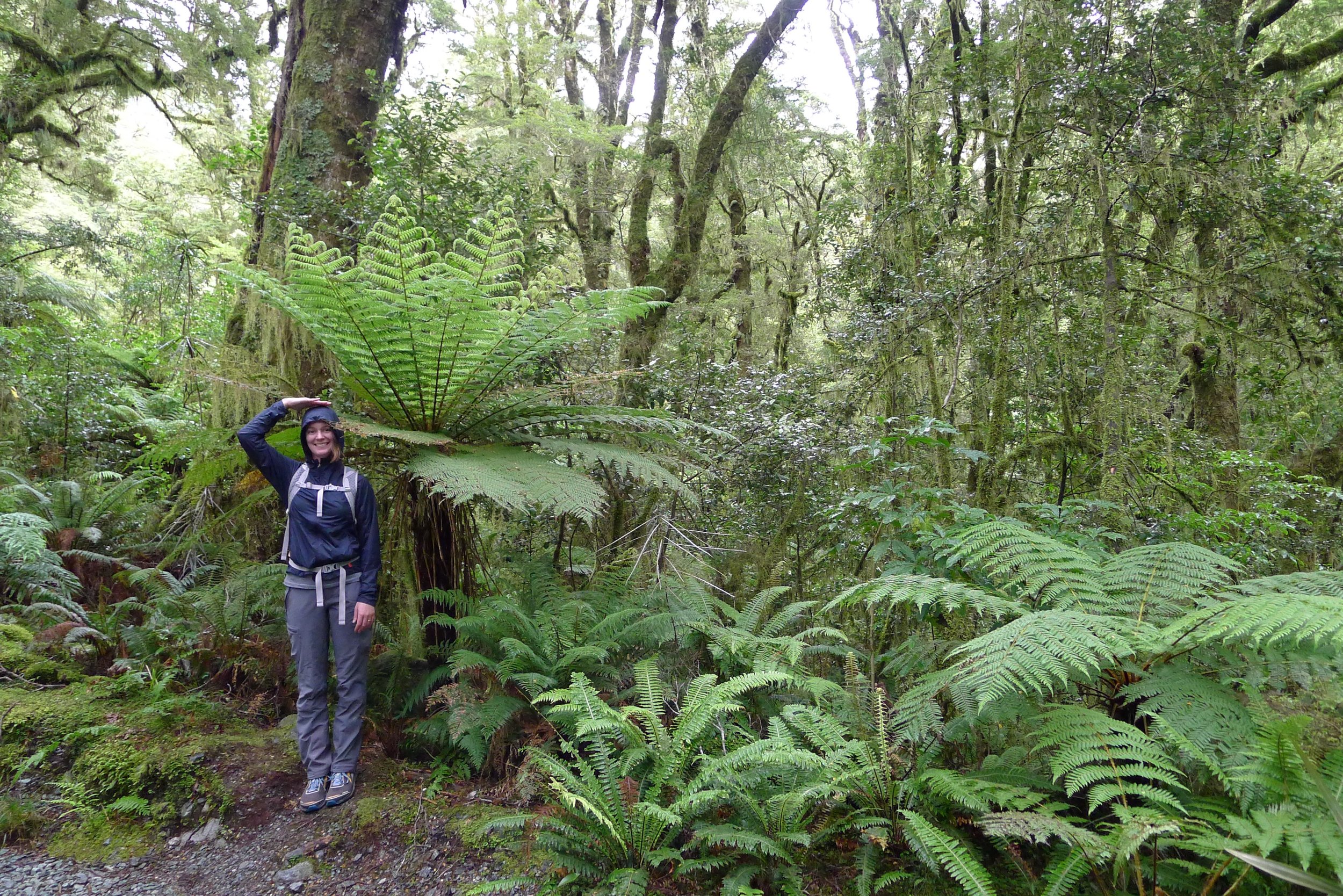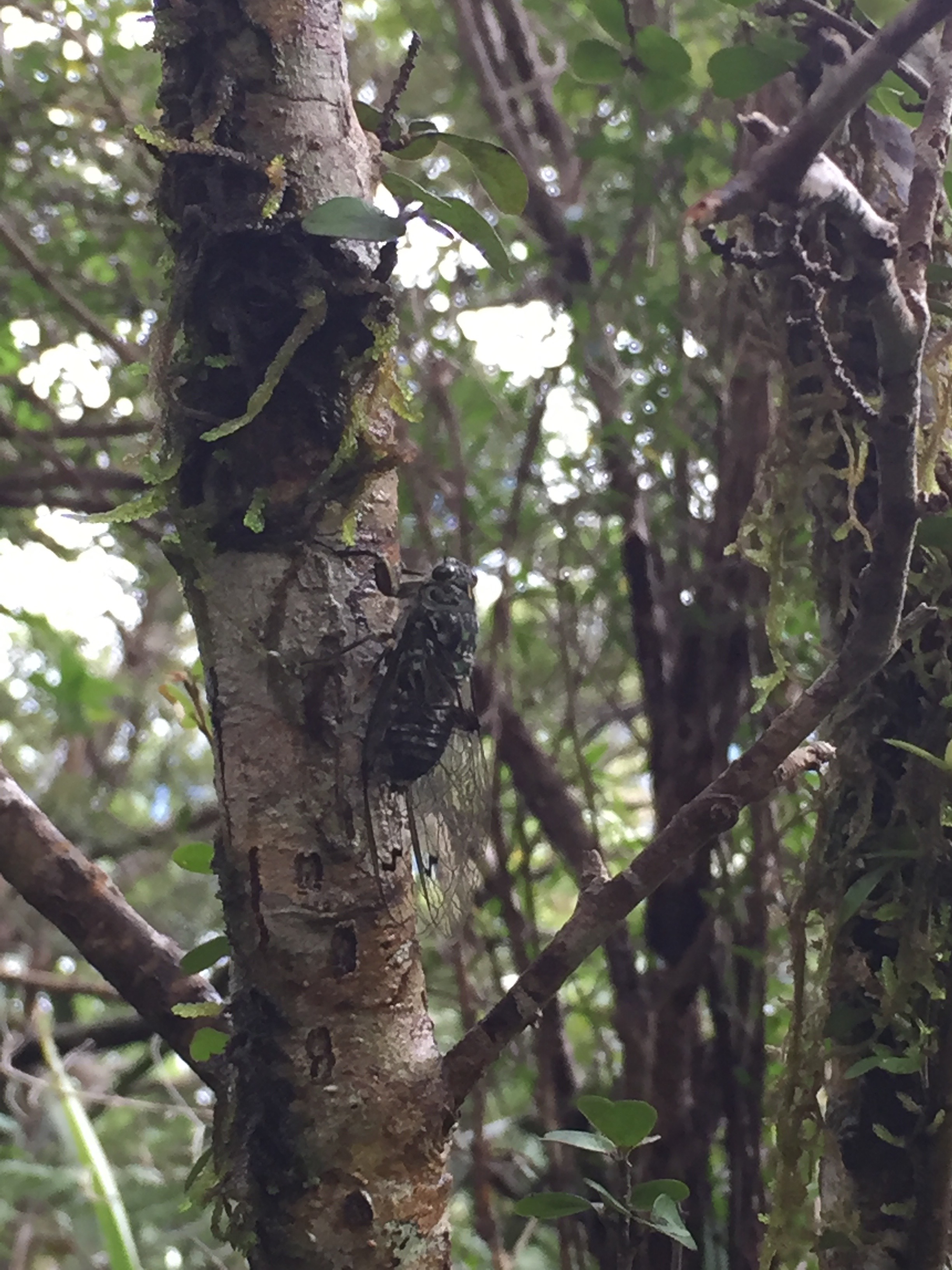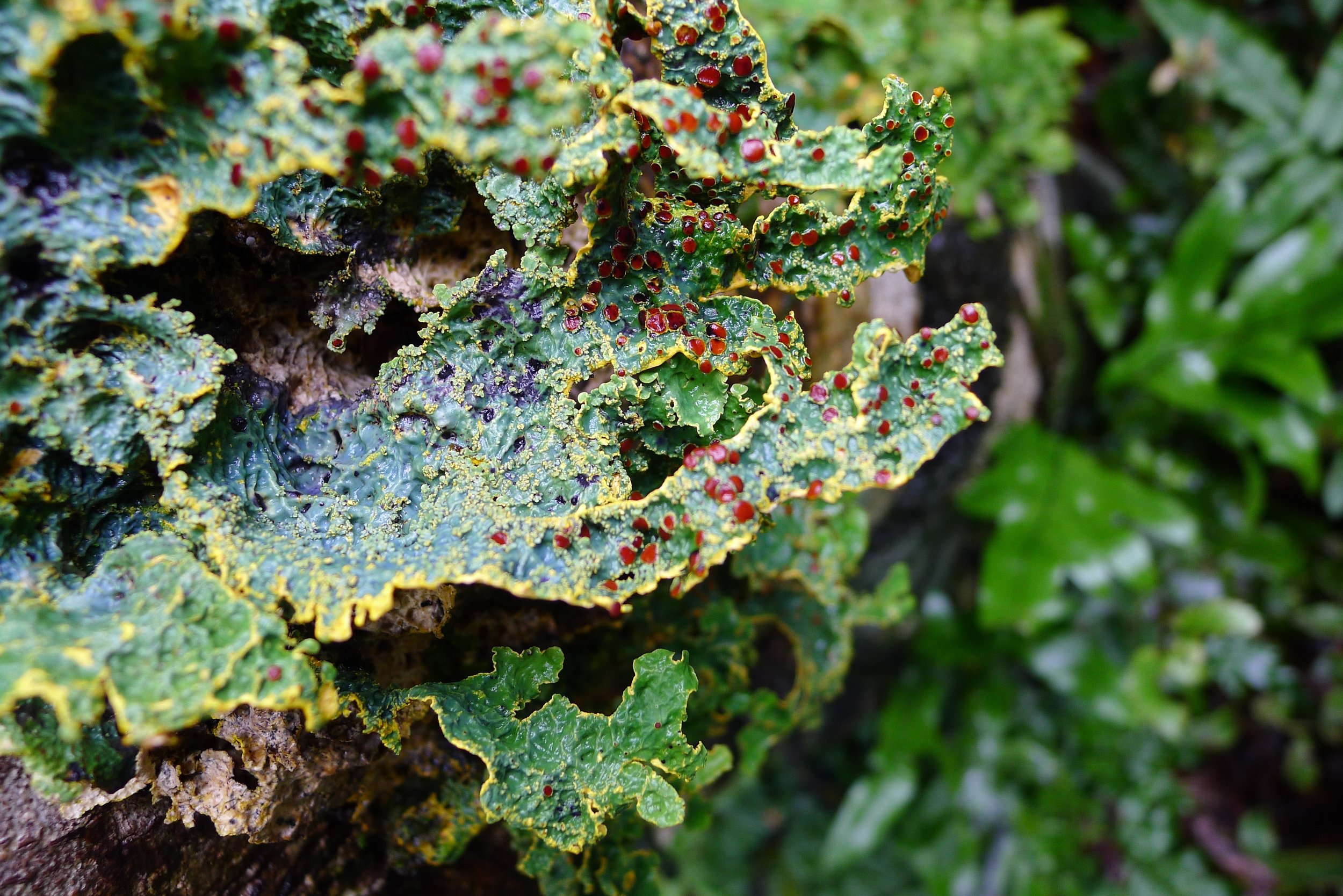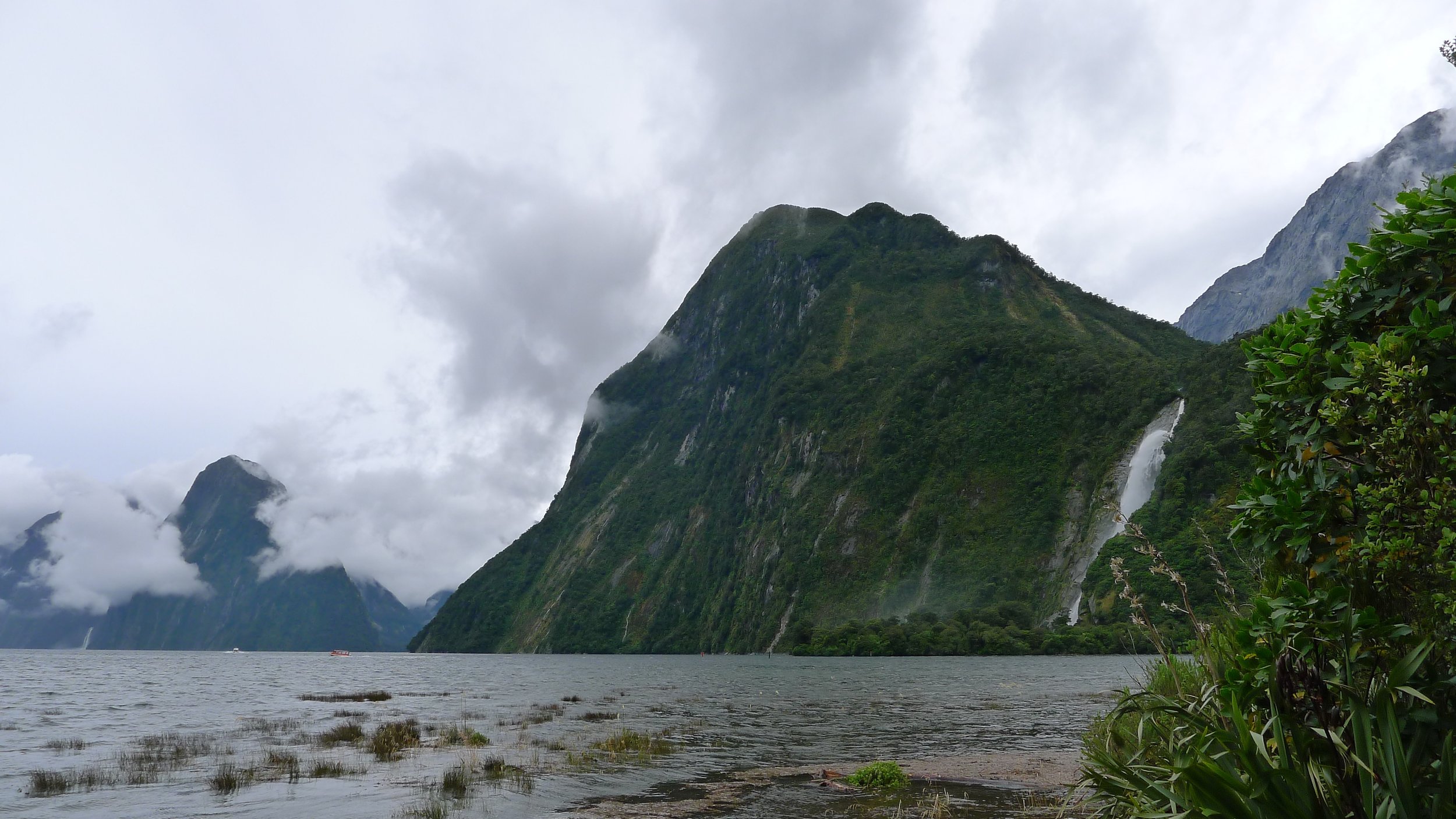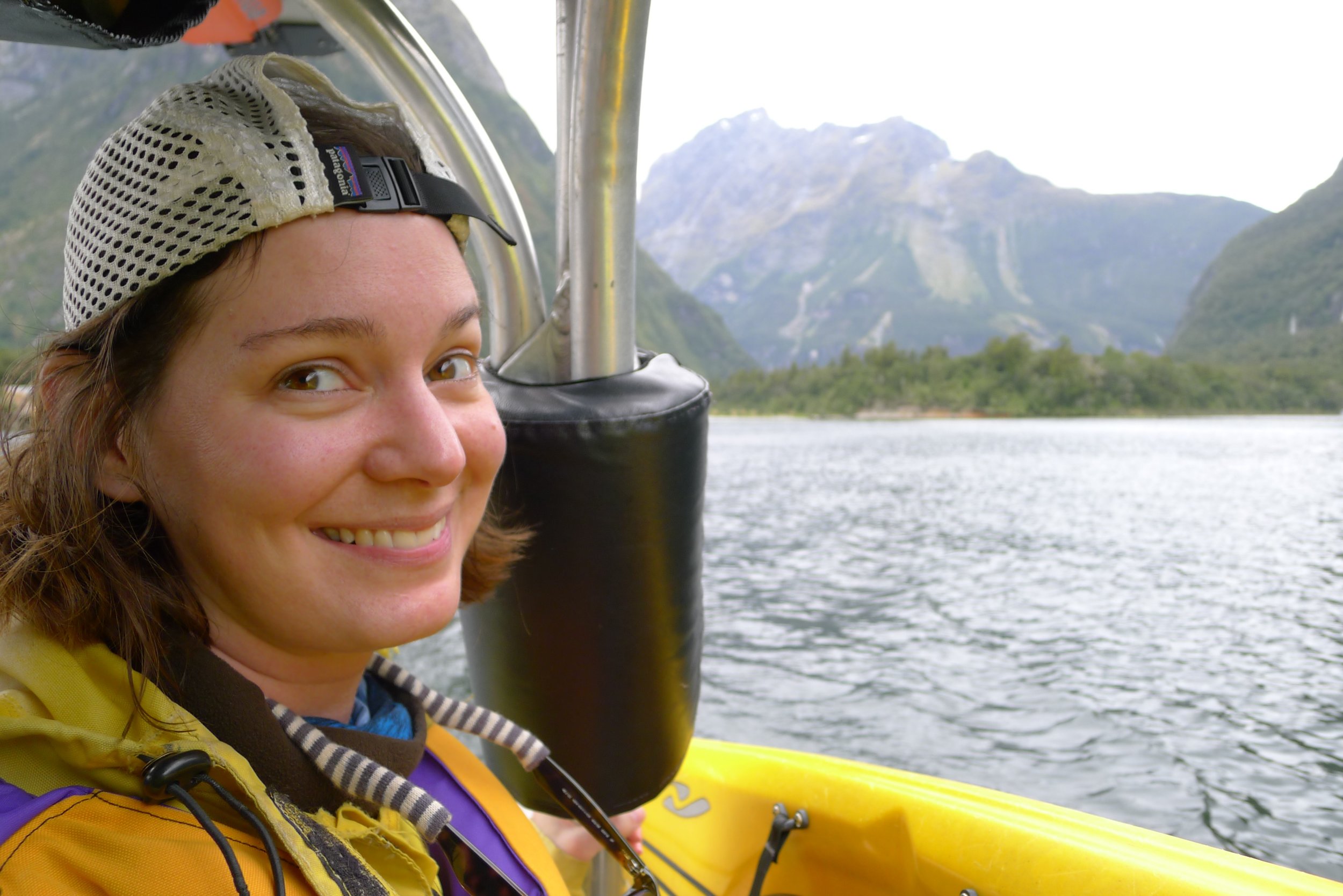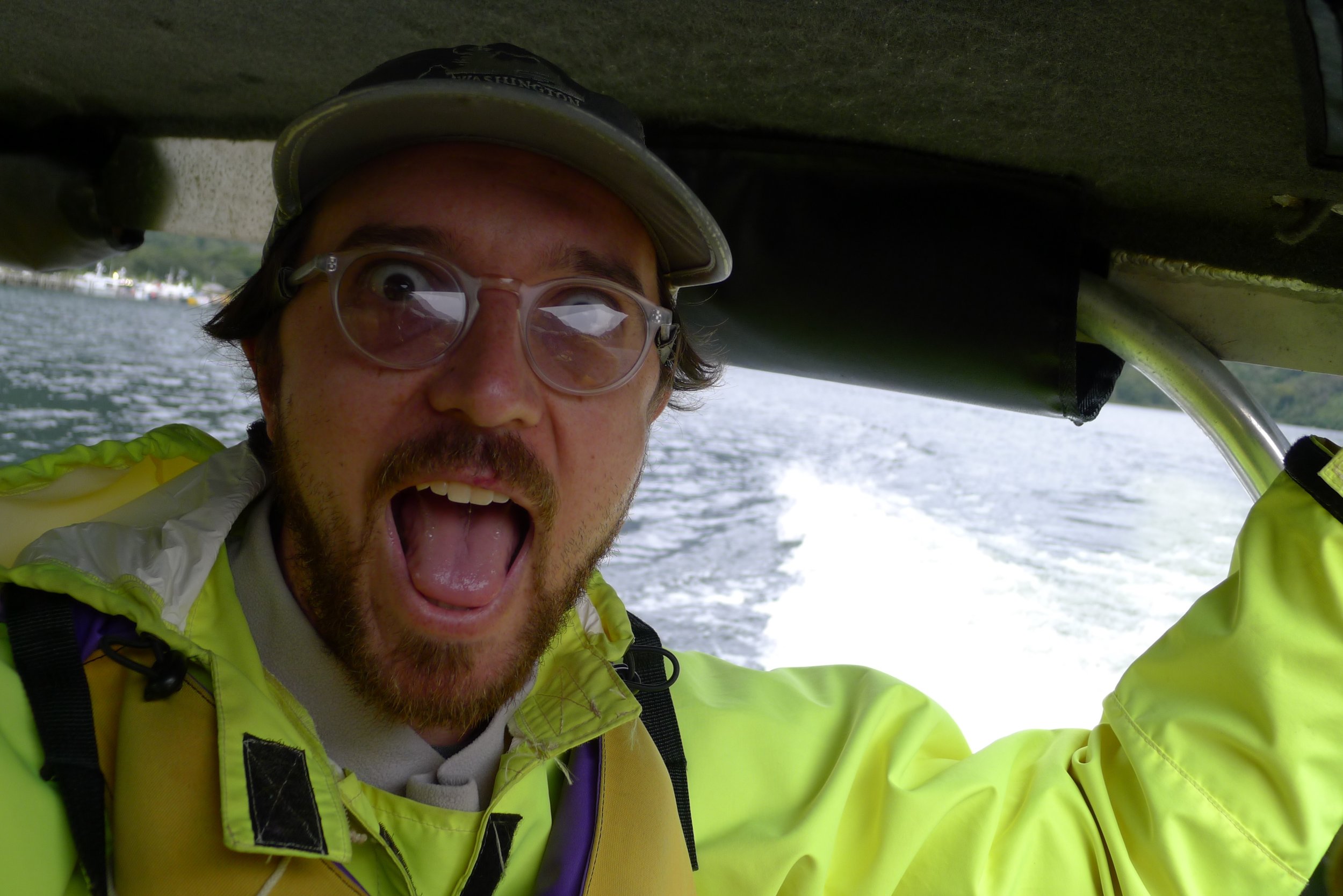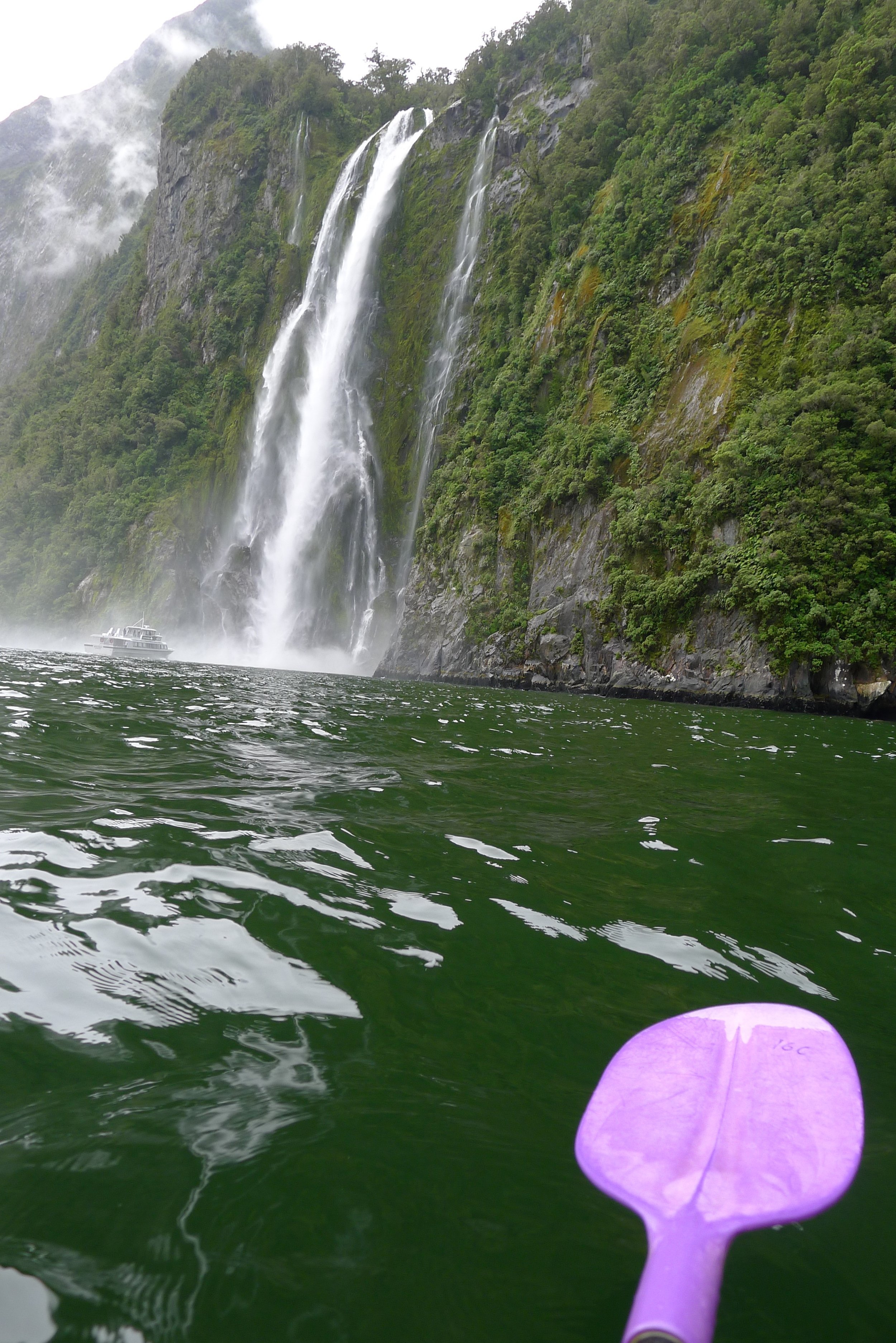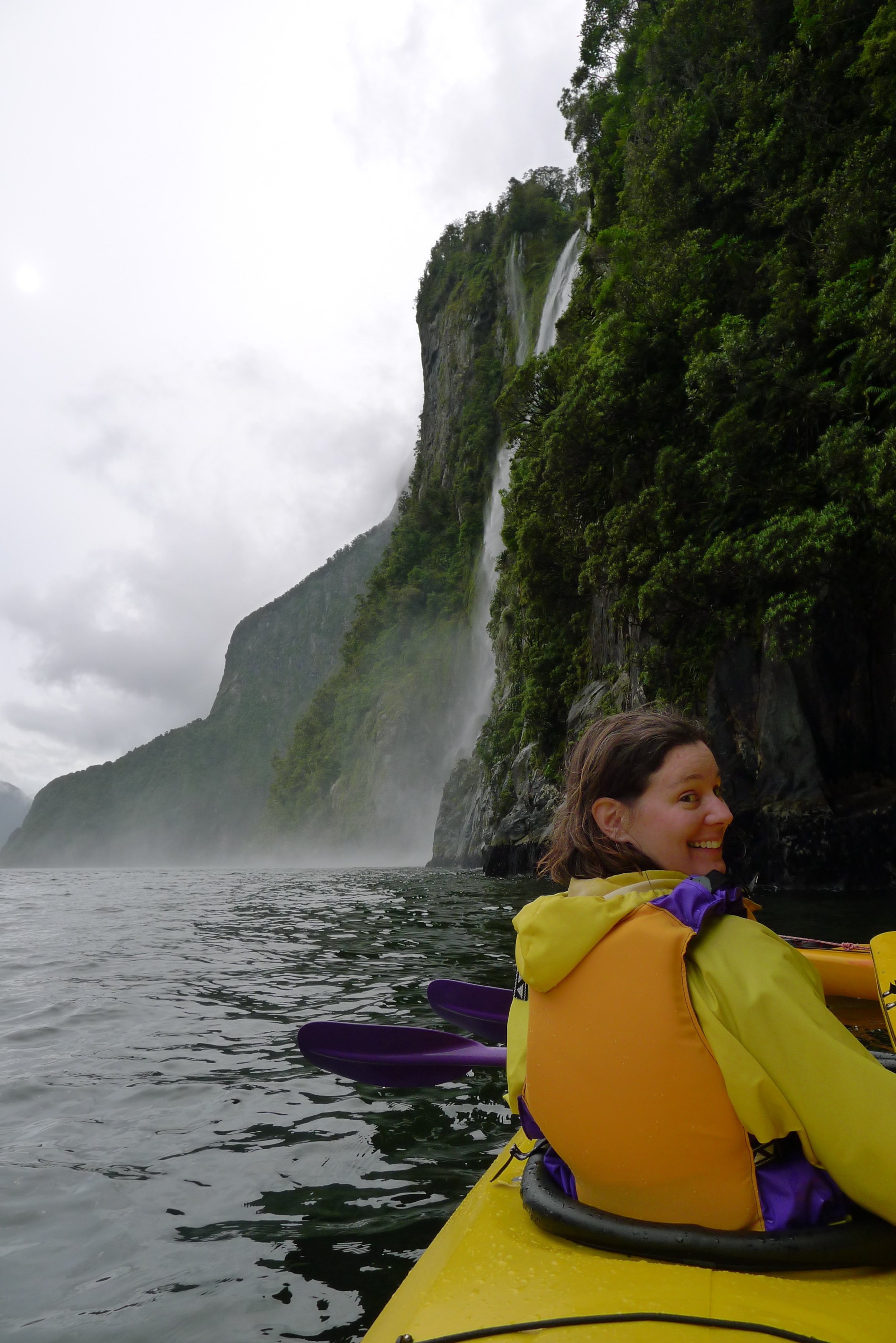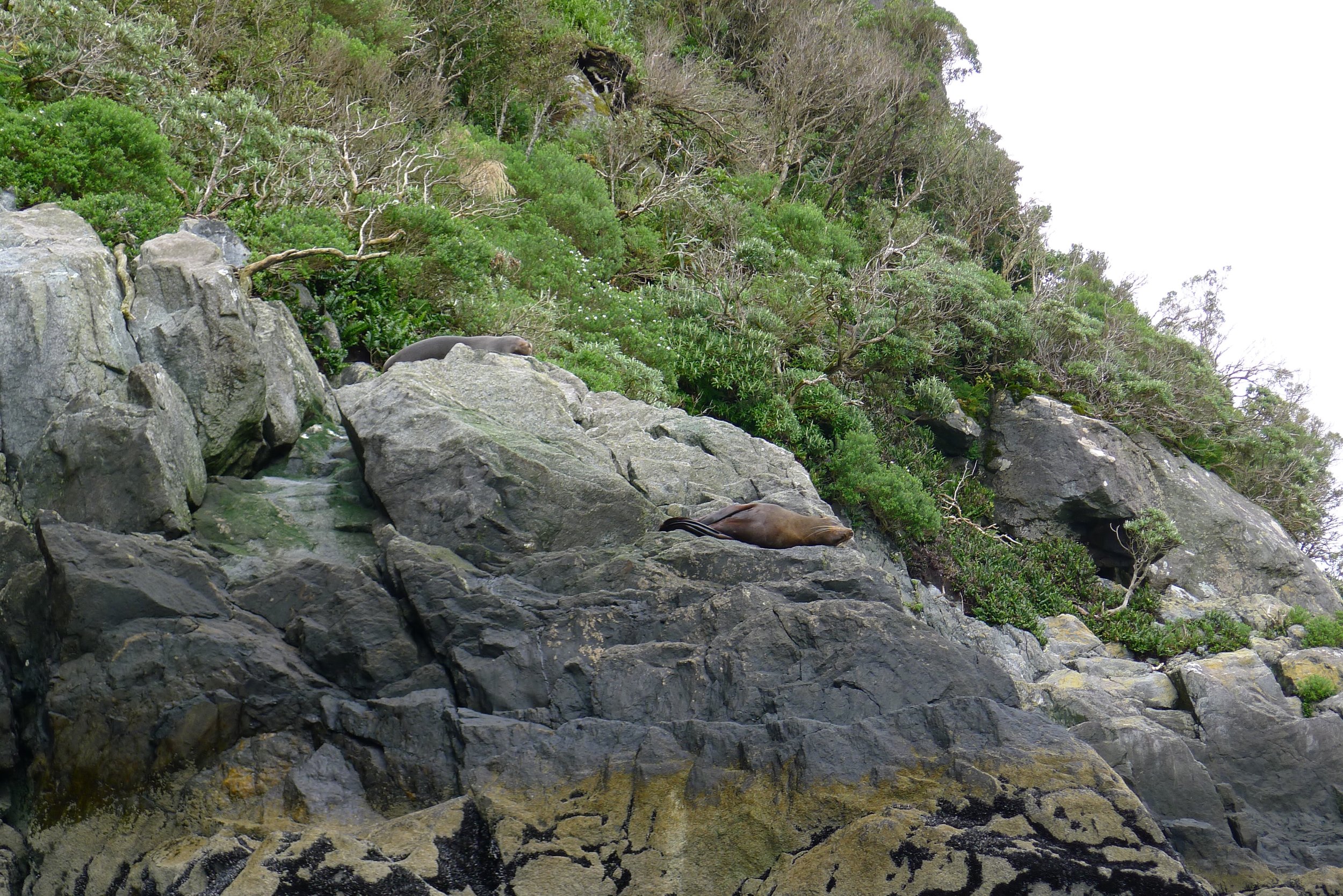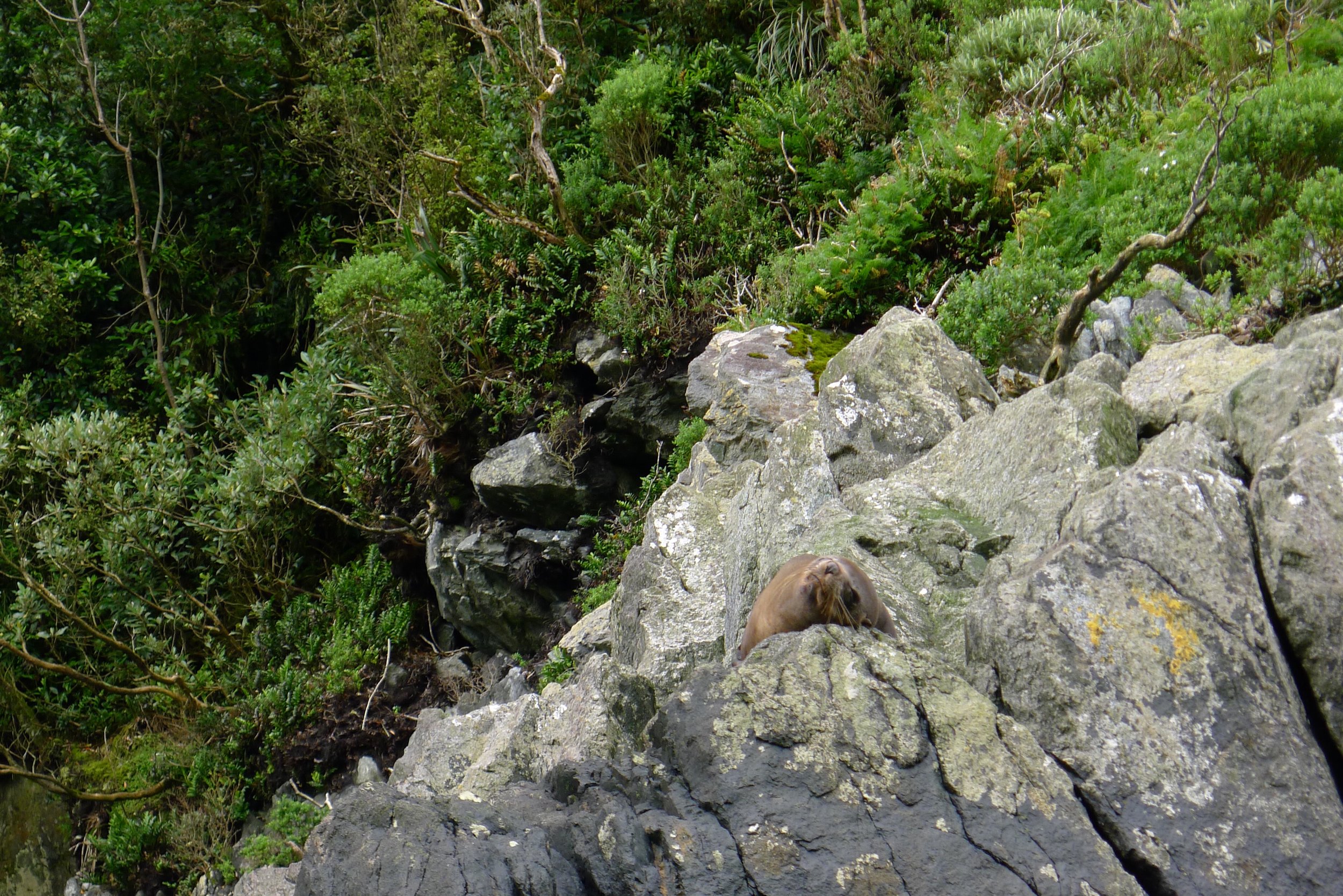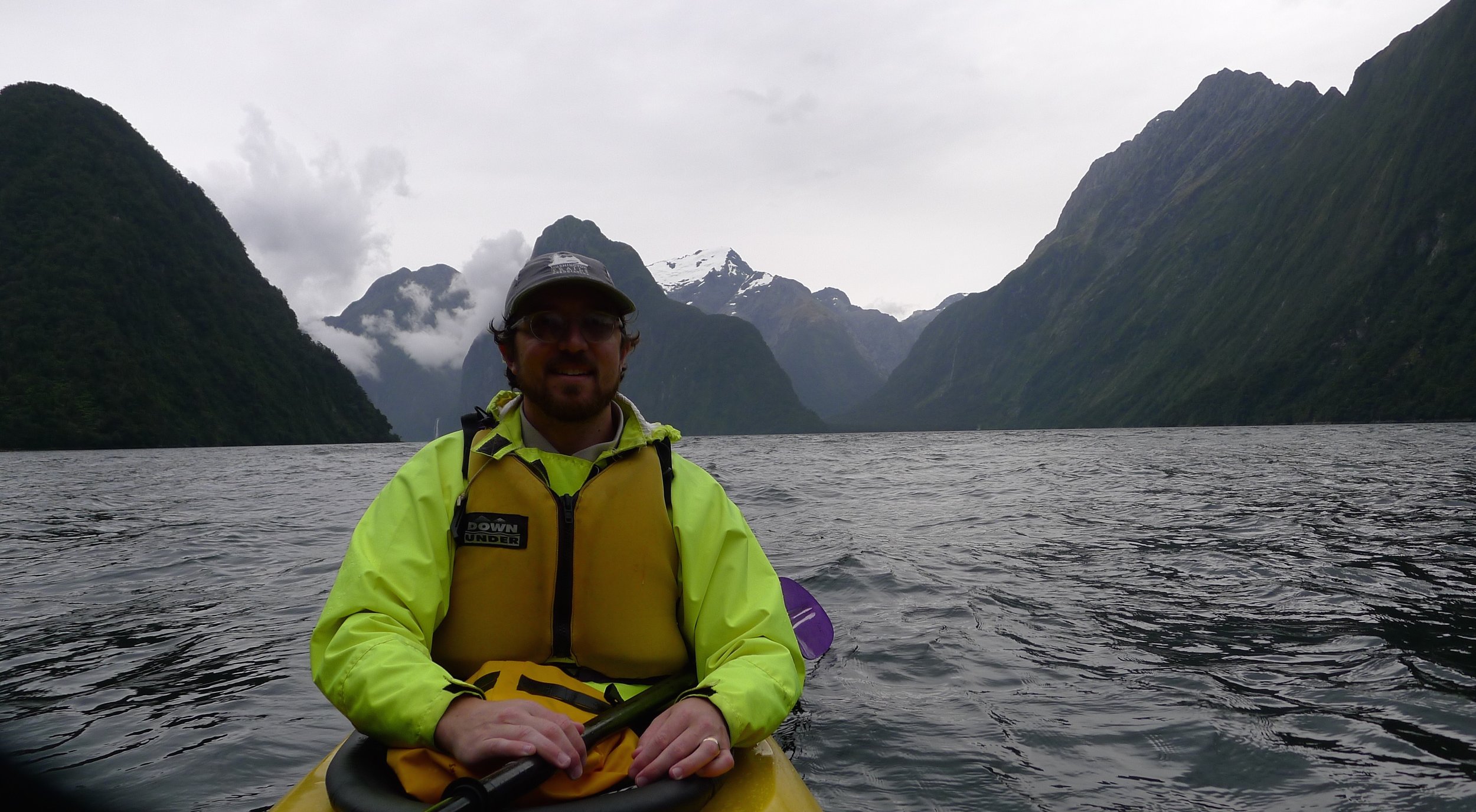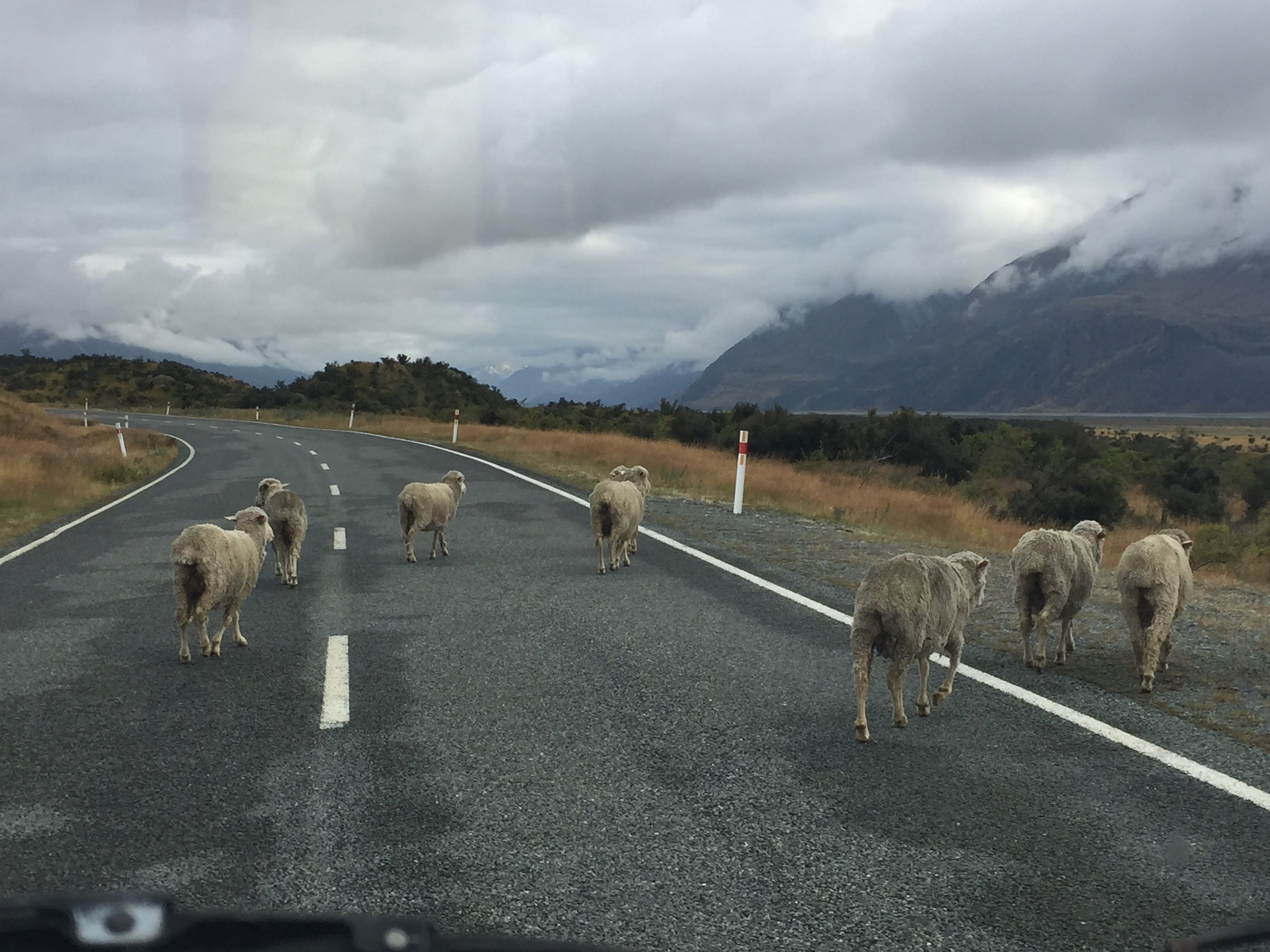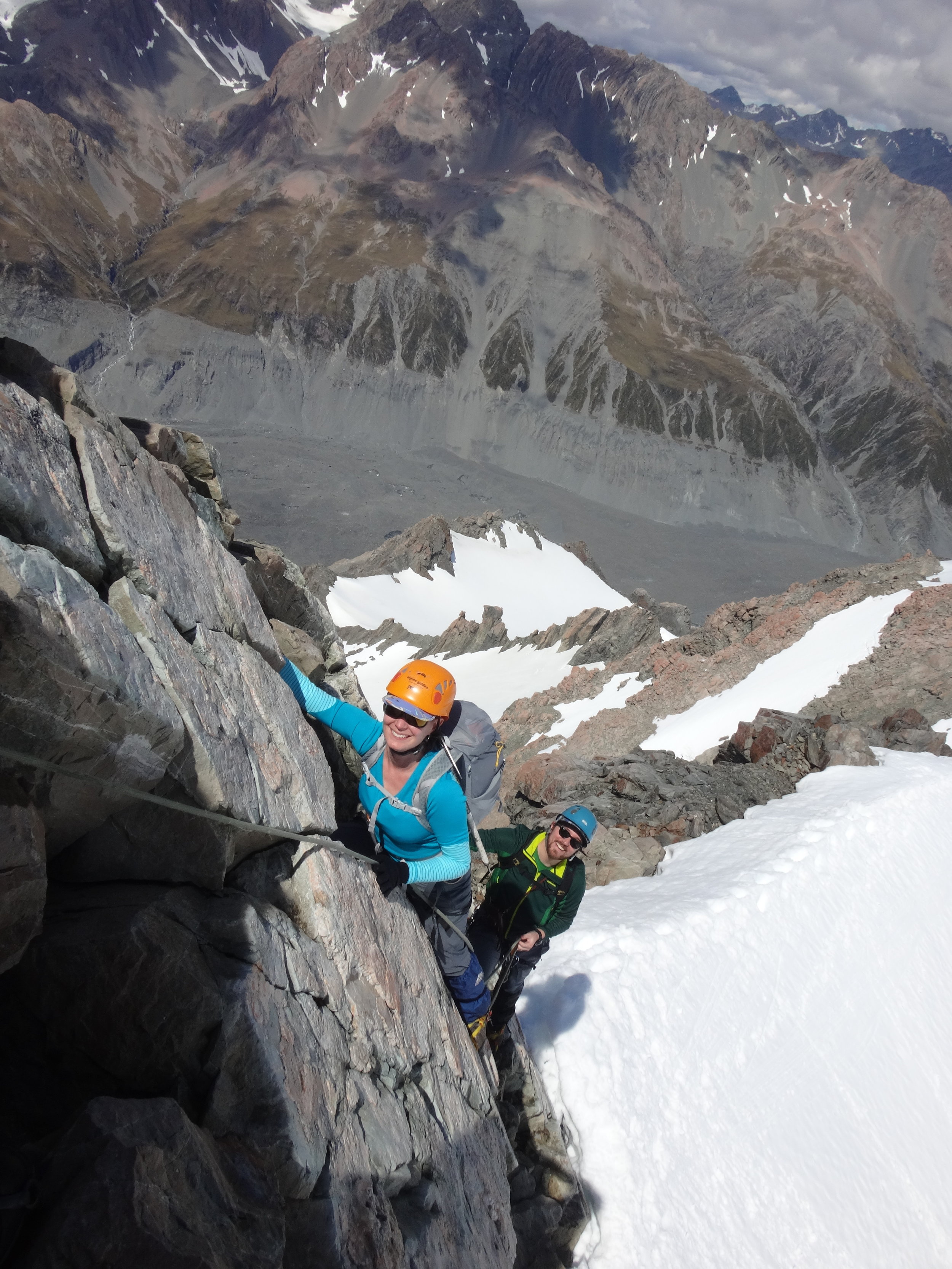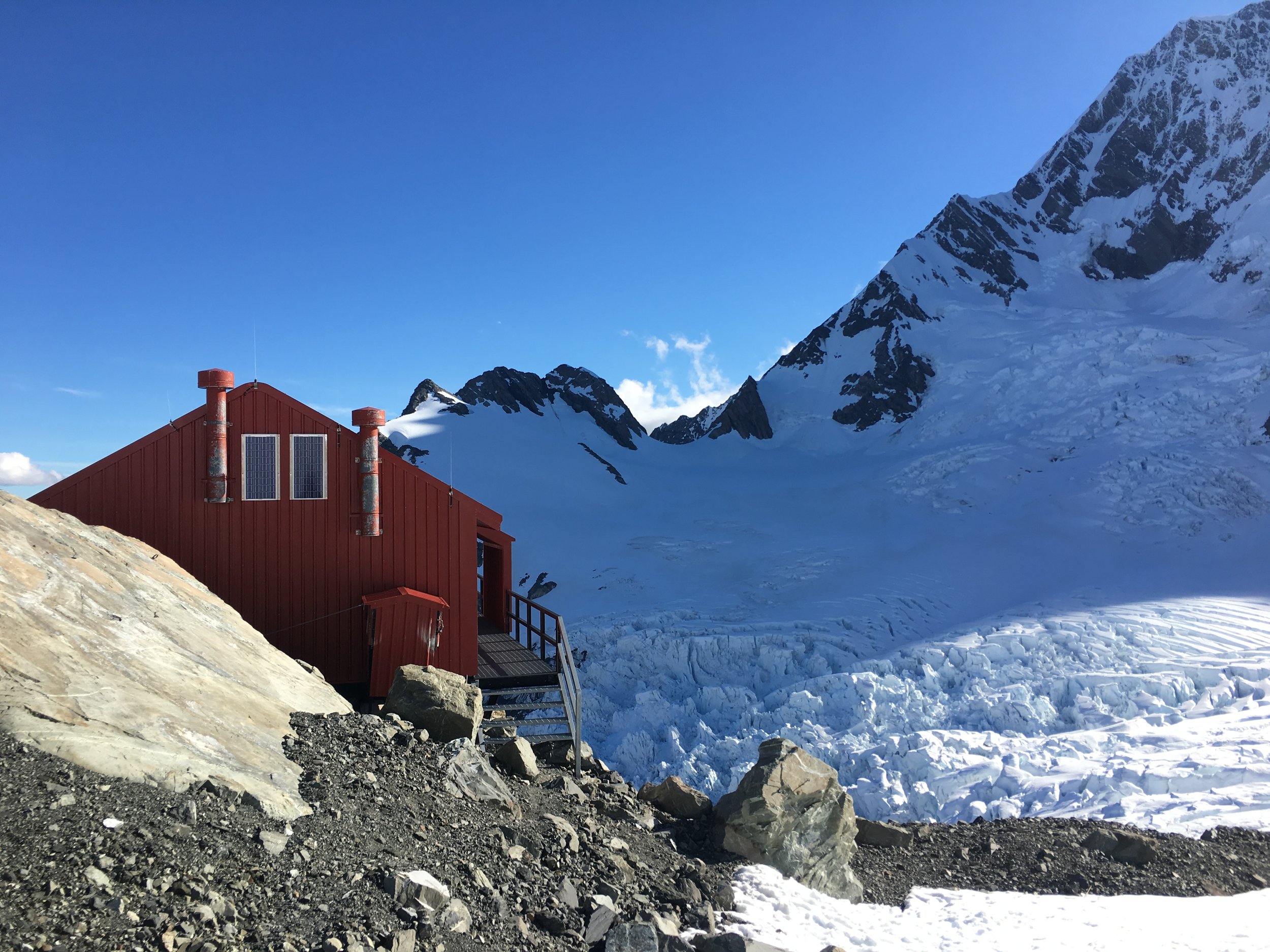Milford Sound is not a sound. European explorers mistakenly labeled it as such, but in fact, as its waterways were formed by the Tasman Sea filling up glacier-carved valleys, it's a fjord. Or, fiord*, if you speak Kiwi.
Kea begging outside the entrance to the Homer Tunnel
Fiordland National Park is remote, even by New Zealand standards. Like most of the South Island's destinations, you have to travel windy, rugged two-lane highways through mountains and farmland. Entering Milford Sound even involves a portal.
The Homer Tunnel, started in 1935 and completed in 1954, is a .75mi/1.2km-long, one-lane passageway that descends through a massive granite mountain and transports drivers to the other side, where they're greeted by more lush rainforest and mist-shrouded peaks. With such an epic reward at the end of the tunnel, there's no shortage of tour buses loaded with sightseers from all over the world making this slightly risky trek on Milford Road.
On the other side of the tunnel, the steep road lead us down and around sharp switchbacks and finally flattened out as we neared our home for the next two nights, Milford Sound Lodge.
After checking in and parking the van in our tree-lined gravel spot, we opted for dinner in the lodge's restaurant before snuggling into the van for a rainy night's sleep.
Meeting the Locals
On February 13 -- the 7th anniversary of Jared's and my first official date -- we woke up to more rain. After a chill morning of breakfast and some writing time in the van, we drove to Milford Sound proper, where all the tourists congregate for boat tours and photo ops, and killed some time before our 4pm twilight kayak paddle.
We walked around the forested shoreline trail, then up to a lookout to get a better view of the "sound" and its jagged granite peaks. On our walk, we saw our first Weka -- a flightless bird about the size of a chicken with a short beak and brown feathers, not to be confused with a Kiwi (I totally thought it was a Kiwi). We also saw cicada up close, loads of lichen and multiple varieties of fern trees, which might be my new favorite tree (it's a fern! it's a tree! what's not to love?).
Three things are a given in the summer in Milford Sound: rain, cicadas and sandflies.
- The rain reminded us of home -- much of our drive was reminiscent of the Olympic Peninsula, at least until we began to see clumps of fern trees and kea begging for tourist handouts on the side of the road. Still, we were prepared for any weather, especially now that we had our luggage, and were happy to hang out in the van and just relax and listen to the rain pounding the roof. At night, we slept with the roof vent open, and drops diffused through the screen would sprinkle our faces. It rained so hard and so much that on the morning of the second day, I awoke to wet sheets against the wall on my side of the van. Vanna's old and cracked window seals had failed. It wasn't the first or last time Vanna would leak on me -- even while driving, rain would spray through the van's front grill and sprinkle my feet. #vanlife
- When I first heard them, I thought the cicadas were birds. Lots and lots of tiny birds with metallic, whirring chirps. Jared correctly ID'd the source of the sound as cicadas. Lots and lots -- oh, sorry -- HEAPS of cicadas. This winged insect's song is New Zealand's ultimate summer jam. Some people aren't fans of the noise, but I loved it. Even driving at 100km/hr on rural highways, you can hear the cicadas buzzing in the trees. It's a very comforting sound, perfect for lulling you to sleep in the back of a van. Back at home, we use a fan to mask street and neighbor noise. I think we might need to upgrade to cicada.
- As I shared before, sandflies were spawned by the goddess of the underworld, to either keep humans away, or to make them get back to work and stop gawking at this beautiful place. Depends on who you ask. Our kayak guide Amanda shared the first theory, after watching us swat at swarms of sandflies during her pre-paddle spiel. The rain seemed to deter the sandflies a bit, but they really don't care about what the weather's doing -- they must feed at all costs. Despite our best efforts to keep the van's doors and windows sealed against these beasts, a few managed to sneak in, as evidenced by the bumps on our heads and any other body parts left exposed as we slept.
Kayaking Milford Sound
By the time we got out to the meeting spot for our kayak tour, the rain had let up. There was even a little sunshine breaking through the persistent cloud cover. Our guide service, Rosco's Milford Kayaks, has a tiny gear shed at the terminus of Deepwater Basin Road, off highway 94 between Milford Sound and the lodge. Inside the shed, we met our guide for the afternoon, Amanda, and two Australian tourists. She gave us the rundown on the tour and soon we were kitted out in striped-wool base layers and kayak skirts and rain parkas.
Amanda and our fearless skipper (the water was ROUGH)
Amanda's accent -- slightly Kiwi, mostly North American -- tipped us off that she wasn't from around these parts. A native of New Brunswick, Newfoundland, Amanda had been living in NZ for the last four months, and had picked up a little bit of the local lilt and a lot of Kiwi and Maori lore. We were very appreciative of her knowledge of the area, as well as her terrible, yet endearing, puns.
To begin our 3 1/2-hour paddle, a motorboat ferried our group and the kayaks out into the sound. I'd never gotten into a kayak from a boat before. It was a lot easier than I'd imagined -- especially since the water was positively glassy compared to the rough waves we'd chopped our way through to get to the drop-off spot.
On the tour, we spotted fur seals lazing on rocks, paddled as close to the base of a waterfall as the crushing water's currents would allow (Amanda called the spray from the falls a "glacial facial" -- it was lovely), and learned heaps about Mitre Peak, Maori legends and how much European explorers love to name things after their wives.
We also learned that Amanda is a badass. She's traveled the world working as a sea kayak guide for the better part of a decade, and yet she still has to prove herself to her colleagues in the male-dominated adventure tourism world. Amanda told us about the time a male coworker underestimated how many kayaks she could carry (she's petite, but this is what she does for a living, ffs). Once she revealed her brawn, he cautioned her against advertising her strength if she ever wanted to find a husband. Oh. Kay. Jared and I assured her that any man worthy of her would appreciate her muscles.
As with our alpine guides Anna and Jane, I'd hoped Amanda would be able to tell us that New Zealand was a magical place where women in the outdoor industry were equals -- in numbers and status -- to the men who work alongside them, but alas, that is not the world we live in.
Toward the end of our paddle, my kayaking posture and technique -- thanks to Amanda's expert instruction -- were finally starting to click. And I was grinning like an idiot as I sat in the front seat of Jared's and my tandem kayak. Sure, I knew my arms were going to hate me for the next couple days, but I was having SO MUCH FUN. I didn't want the trip to end.
So. Much. FUN.
Fishing boats at Deepwater Basin
As we aimed our boats at the Deepwater Basin shore, the rain resumed. We quickly changed into our own clothes, said our good-byes to Amanda and the Australians, and hustled back to the van to outrun the rain and sandflies.
*Yeah. I know. It should be spelled "fjord." Apparently, European explorers misspelled it and left it that way, so now "fjord" and "Fjordland" are spelled with an "i" in New Zealand.



